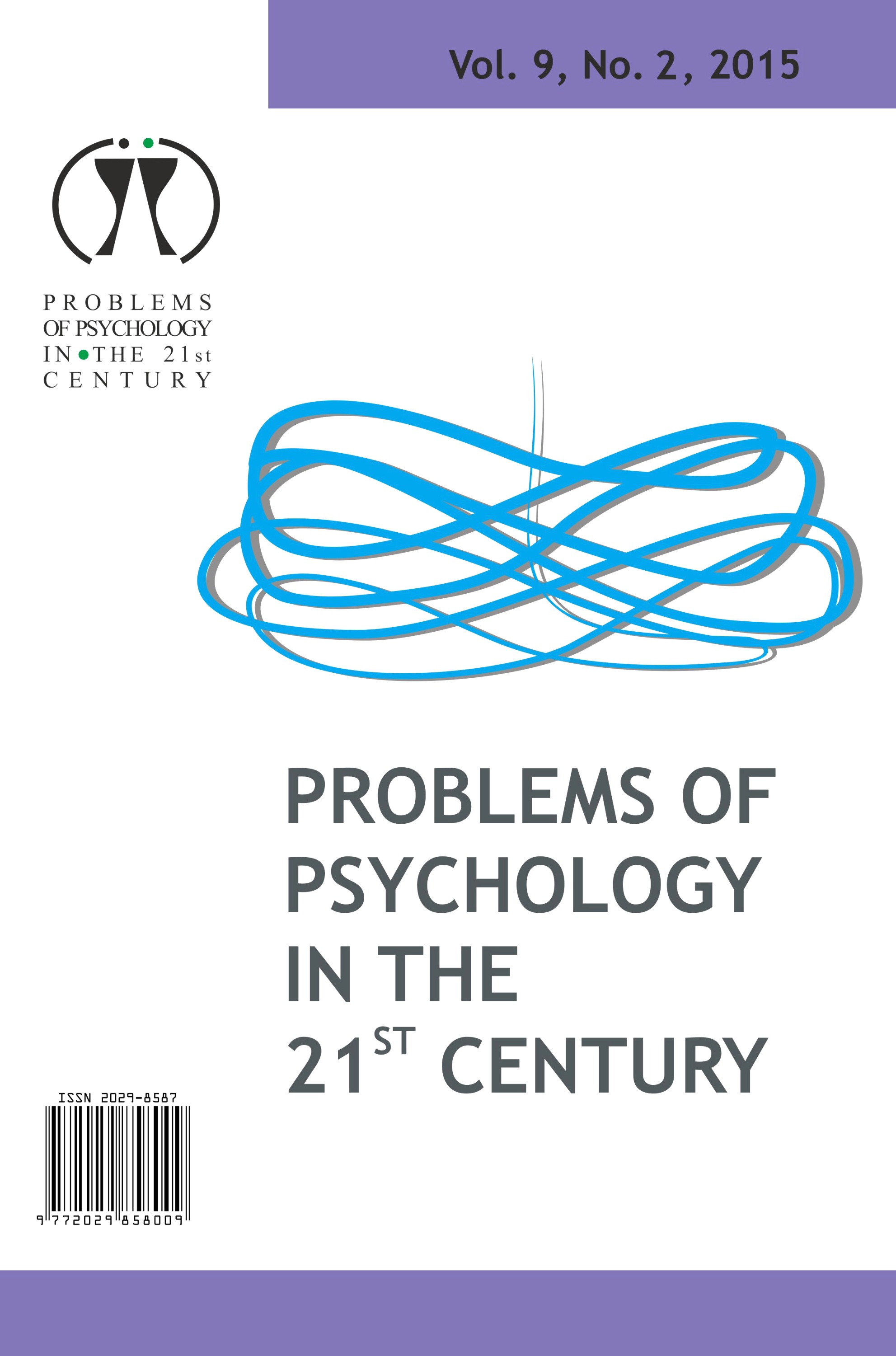THE EFFECT OF THE ADMINISTRATION SETTINGS OF PSYCHOMETRIC TESTS ON SELF-REPORTED SYMPTOM REDUCTION
THE EFFECT OF THE ADMINISTRATION SETTINGS OF PSYCHOMETRIC TESTS ON SELF-REPORTED SYMPTOM REDUCTION
Author(s): Lediona Braho, Blerta Bodinaku, Dan PokornySubject(s): Psychology, Clinical psychology
Published by: Scientia Socialis, UAB
Keywords: administration effects; administration settings; CORE-OM; cross-cultural psychometry; self-report;
Summary/Abstract: Using psychometric measures as communication tools instead of automatic and mechanic tools to provide an immediate profile of the client, constitutes a relevant challenge in the domain of psychometric testing. Interventions in the psychometric measurement process can increase the utility of measures as potential therapeutic tools. The aim of this study was to investigate the effect of the measure administration setting in reducing self-reported symptoms. The administration setting was manipulated in respect to two factors: a) researcher-subject communication during the measure administration process, and b) information of the subject on the one-week retest procedure. The sample (N=147) included four randomly assigned groups in 2x2 design. The group A was provided both interactive administration of the questionnaire and information about its repetition in the one-week-later retest; group B was provided interactive administration without information about the retest; group C conducted self-administration without the presence of the researcher, but information about the retest was provided; the control group D conducted self-administration only, with none of both interventions. The study has shown the effect of the researcher-subject communication; the CORE-OM values decreased significantly by the retest administration in groups A and B. The study results support the understanding of the psychometrical measurement as a dynamical inter-personal process. Moreover, they provide a relevant hint for clinicians who can optimize the use of tests as potentially therapeutic tools.
Journal: Problems of Psychology in the 21st Century
- Issue Year: 9/2015
- Issue No: 2
- Page Range: 74-84
- Page Count: 11
- Language: English

